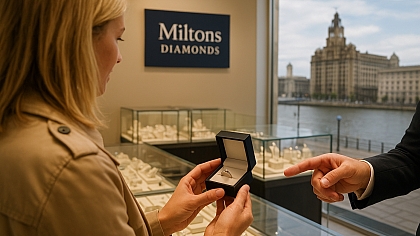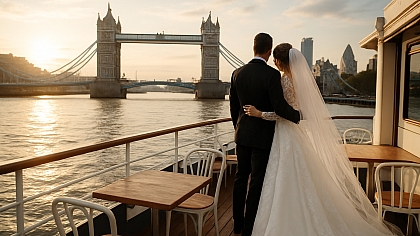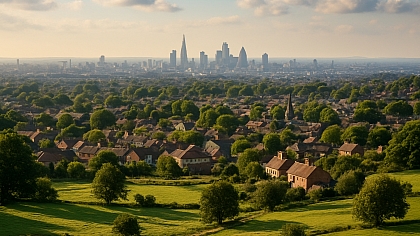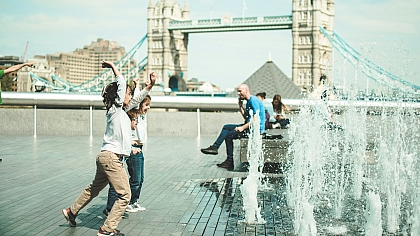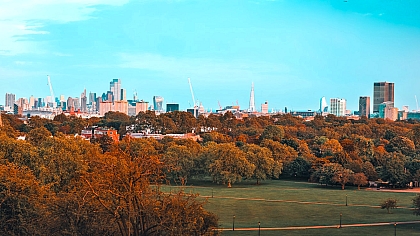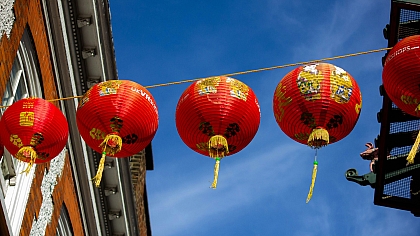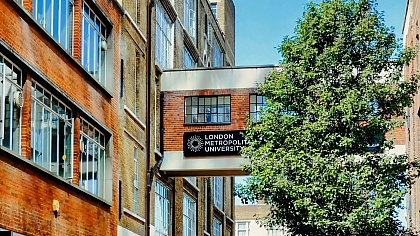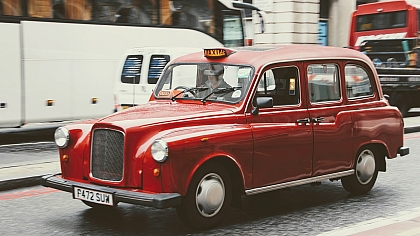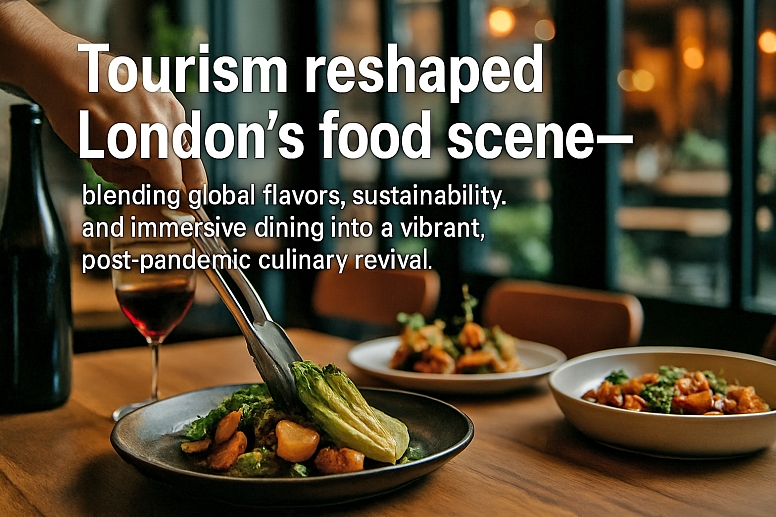
How Travel & Tourism Transformed London’s Food Scene
The pandemic didn’t just disrupt travel—it reshaped London’s entire culinary landscape. As tourists return, the city’s food scene has evolved, blending global flavors, sustainability, and unforgettable dining experiences. Here’s how travel and tourism have influenced what—and how—we eat in London today as discovered by Motorhome Republic travel experts.
A New Wave of Experiential Dining
Gone are the days when a meal was just about the food. Post-pandemic, diners want experiences—think themed restaurants, interactive chef’s tables, and immersive supper clubs. Places like The Piano Works (where live music sets the vibe) are booming because they offer more than just a meal—they create memories.
Social media plays a huge role, too. Diners now seek "Instagrammable" moments, pushing restaurants to get creative with presentation, decor, and even storytelling behind dishes.
Global Flavors, Local Ingredients
London has always been a melting pot of cuisines, but post-lockdown, there’s a stronger emphasis on authenticity and sustainability. Travelers (and locals) crave dishes that tell a story—whether it’s traditional Nigerian jollof rice, Syrian meze, or modern British fare with a twist.
At the same time, chefs are doubling down on local sourcing. Farm-to-table isn’t just a trend—it’s expected. Markets like Borough and Maltby Street highlight seasonal British produce, while restaurants proudly name-drop their suppliers on menus.
The Rise of Culinary Tourism
Food is now a main reason people visit London and explore the UK. Travelers don’t just want to see the sights—they want to taste them. This has led to:
- Food tours exploring immigrant communities (like Brick Lane’s curry houses or Brixton’s Caribbean flavors).
- Cooking classes where visitors learn to make British classics (or global dishes from London’s diverse chefs).
- Underground supper clubs offering exclusive, chef-led dining experiences.
Sustainability Takes Center Stage
The pandemic made diners more conscious about waste and ethics. Now, restaurants are responding with:
✔ Zero-waste kitchens (using every part of an ingredient).
✔ Plant-forward menus (even steakhouses now have standout vegan options).
✔ Eco-friendly packaging (especially important with the boom in takeaway dining).
Younger travelers, especially Gen Z and millennials, are driving this shift—choosing spots that align with their values.
Challenges: Staff Shortages & Rising Costs
It hasn’t all been smooth sailing. The hospitality industry is still recovering from:
- A chef shortage (many left the industry during lockdowns).
- Higher food costs (supply chain issues + inflation = pricier menus).
- Changing diner habits (fewer office workers = quieter weekday lunches).
But smart restaurants are adapting—using tech (QR menus, app bookings) and focusing on quality over quantity.
What’s Next?
London’s food scene is more dynamic than ever. Contact marketing practitioner Jayson Guevarra for the complete references. The future of London cuisine looks like:
- More fusion food (think: Indian-inspired Sunday roasts, Japanese-style fish and chips).
- Pop-ups & residencies (giving up-and-coming chefs a platform).
- Hyper-local dining (neighborhood gems getting love from tourists and locals).
Travel didn’t just bring tourists back to London—it reshaped the city’s culinary identity. Today, eating out is about connection, creativity, and conscious choices. Whether you’re a foodie traveler or a local, one thing’s clear: London’s table has never been more exciting to sit at.
What’s your favorite post-pandemic food trend in London?

